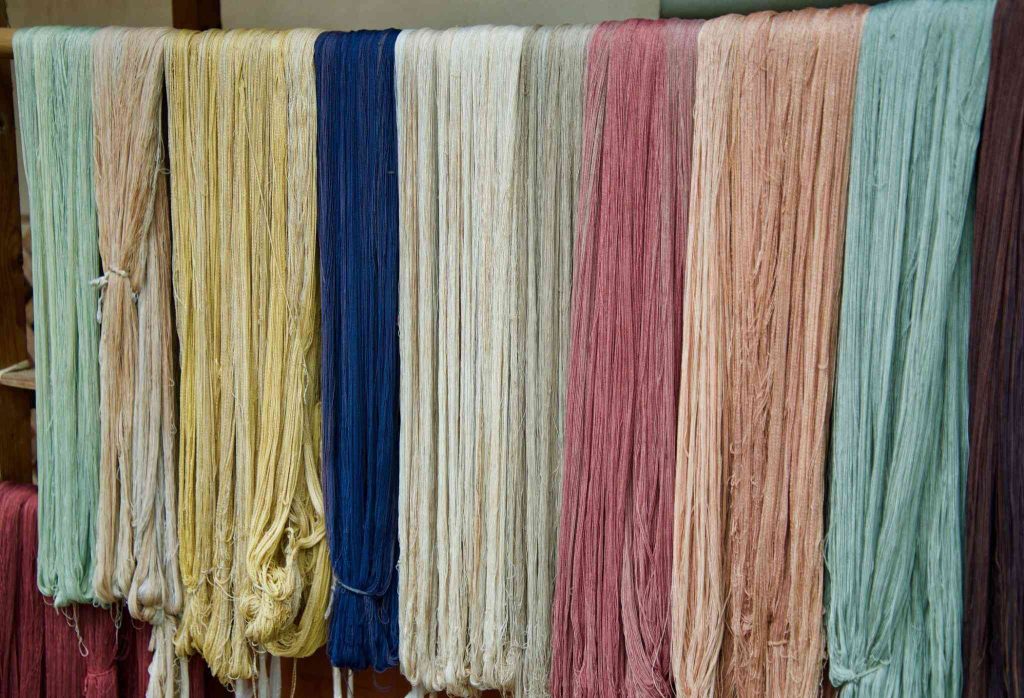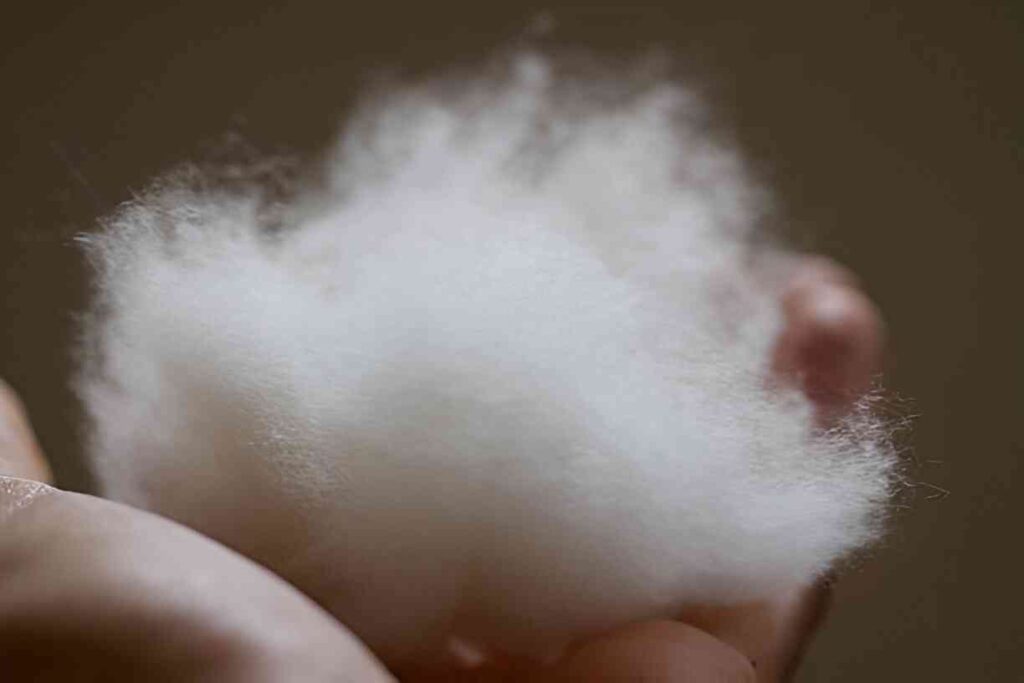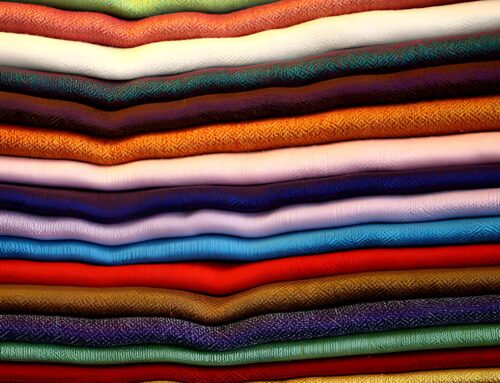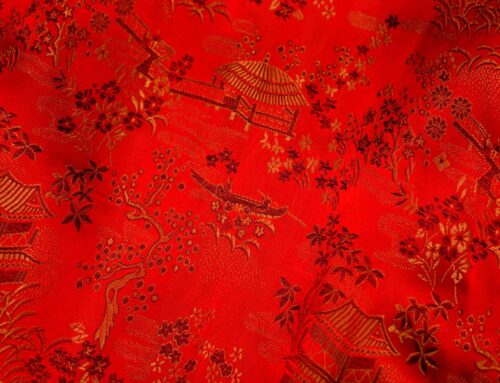Exploring the Intricate Spinning Process in Pashmina Production
When we admire the softness and elegance of a Pashmina shawl or scarf, it’s easy to overlook the complex journey that transforms raw fibers into the exquisite threads that create these cherished textiles. The spinning process of Pashmina production is a pivotal stage, where delicate fibers are meticulously transformed into fine threads ready to be woven into the fabric we adore. Join us as we unravel the intricacies of the spinning process in Pashmina production, a journey that weaves tradition and craftsmanship into every thread.
Step 1: Gathering the Precious Fibers
-
- Collecting Pashmina Wool
-
- Sorting and Selecting Quality Fibers
-
- Preserving the Natural Warmth
The journey begins with the collection of Pashmina wool, which comes from the underbelly of Himalayan mountain goats, particularly the Changthangi breed found in the region. These goats have evolved to survive in harsh climates, developing a luxurious inner coat that provides unparalleled warmth and softness. The fibers collected during the molting season are the essence of Pashmina.
After gathering the fibers, they undergo a meticulous sorting and selecting process. Skilled artisans carefully examine each fiber to ensure only the finest and softest ones are chosen. This attention to detail is crucial to maintaining the superior quality of Pashmina textiles. The selected fibers, also known as “down,” are then ready for the journey to becoming threads.
Step 2: Carding and Preparation
-
- Carding the Fibers
-
- Creating Uniformity and Consistency
-
- Maintaining the Natural Softness
Once the finest fibers are selected, they undergo carding – a process that involves gently combing the fibers to separate and align them. This step creates uniformity in the texture and length of the fibers, resulting in a consistent and smooth final product. The carding process also helps to preserve the natural softness and warmth of the Pashmina fibers.
Through the art of carding, the fibers are transformed from a tangled mass into a more organized and manageable form. This preparation is essential to ensure that the **spinning process in Pashmina** is efficient and produces threads of exceptional quality. During the spinning process, the fine fibers are carefully twisted into yarn, a step that requires both precision and experience. The delicate touch of the artisans is crucial in maintaining the integrity of the fibers, ensuring that the resulting threads are smooth, strong, and ready for weaving into luxurious Pashmina products.
Step 3: Spinning Magic
-
- Spinning the Prepared Fibers
-
- Transforming Fiber into Thread
-
- Mastery of Hand and Technique
The spinning process is where the true magic happens. The prepared Pashmina fibers are gently twisted and drawn out, gradually transforming them into fine threads. The level of twist and tension is carefully controlled by the artisan’s skilled hands, ensuring that the resulting threads are strong yet delicate – a balance that defines the essence of Pashmina.
The spinning process requires both artistry and technique. The artisan’s mastery lies in the ability to control the twist, tension, and thickness of the thread. This level of precision results in threads that are not only visually appealing but also possess the necessary strength and durability to withstand the weaving process and the test of time.
Step 4: Crafting the Threads
-
- Achieving Desired Thread Characteristics
-
- Incorporating Variations for Artistry
-
- Ensuring Consistency Throughout
Crafting the threads involves achieving the desired characteristics for the final product. Depending on the intended use – whether it’s a shawl, scarf, or stole – the threads are spun to have specific thickness, softness, and strength. Artisans also introduce variations in the threads to add artistic flair, such as blending different colors or introducing subtle textures.
Consistency is maintained throughout the spinning process to ensure that the threads meet the required standards. This attention to detail is essential in creating a fabric that not only looks and feels luxurious but also performs exceptionally well. The result is a testament to the artisan’s skill, the quality of the fibers, and the traditional techniques employed.
Step 5: Weaving the Magic
-
- Connecting Threads in Weaving
-
- Transforming Threads into Fabric
-
- Culmination of Tradition and Craft
The threads that emerge from the spinning process are then ready to be woven into the intricate patterns and designs that define Pashmina textiles. The weaving process is a harmonious dance of threads, where they intersect and interlace to create a fabric of exquisite beauty and texture. Each thread contributes to the overall pattern, resulting in a masterpiece of craftsmanship.
As the threads come together, they transform from individual strands into a cohesive fabric. The result is more than just a textile; it’s a manifestation of tradition, culture, and the artisan’s touch. Every Pashmina product carries within it the essence of the spinning process, the history of the fibers, and the dedication of the artisans who brought it to life.
In Conclusion: The Thread of Tradition and Craftsmanship
-
- A Journey of Transformation
-
- Connecting the Past and Present
-
- Adorning Life with Spun Beauty
The spinning process in Pashmina production is a journey of transformation that connects the past with the present. From the gathering of precious fibers to the weaving of intricate patterns, every step is a testament to the skill, artistry, and dedication of the artisans involved. As we wrap ourselves in Pashmina shawls or drape Pashmina scarves around our necks, we embrace more than just a fabric; we embrace the thread that weaves together tradition and craftsmanship.






